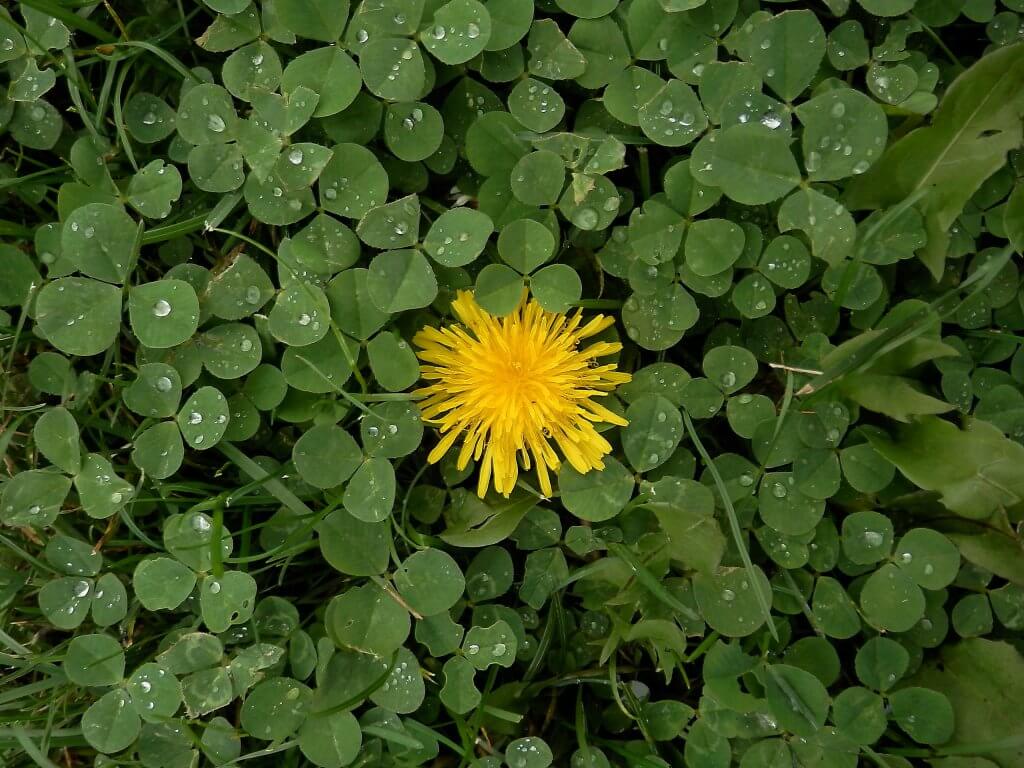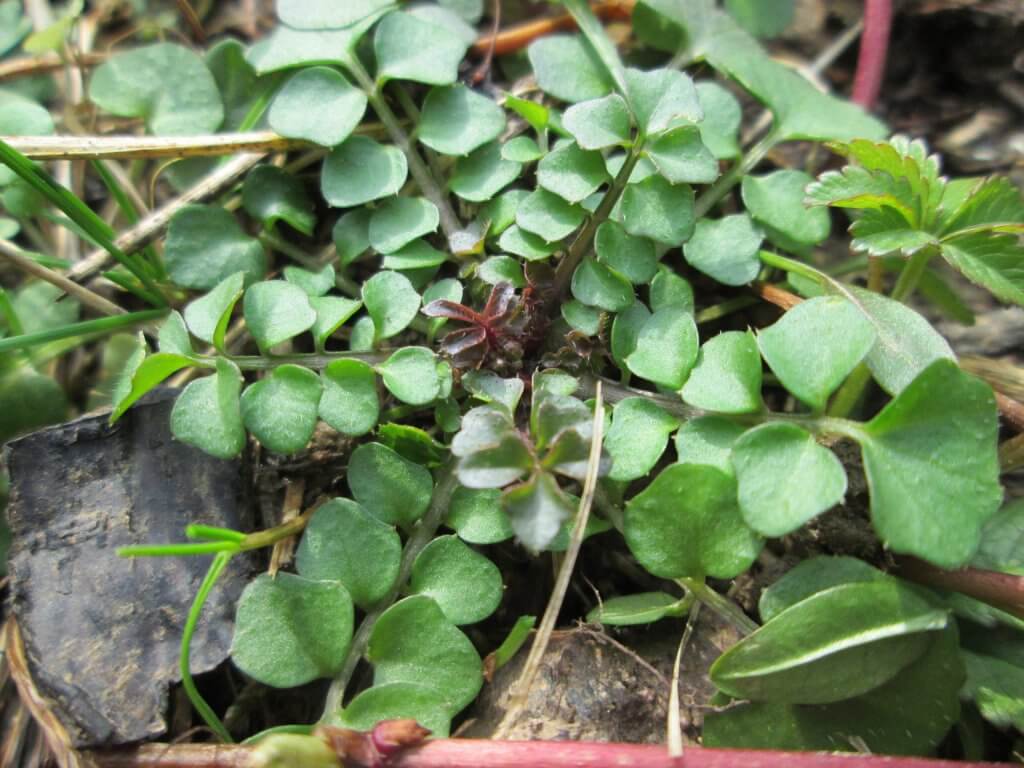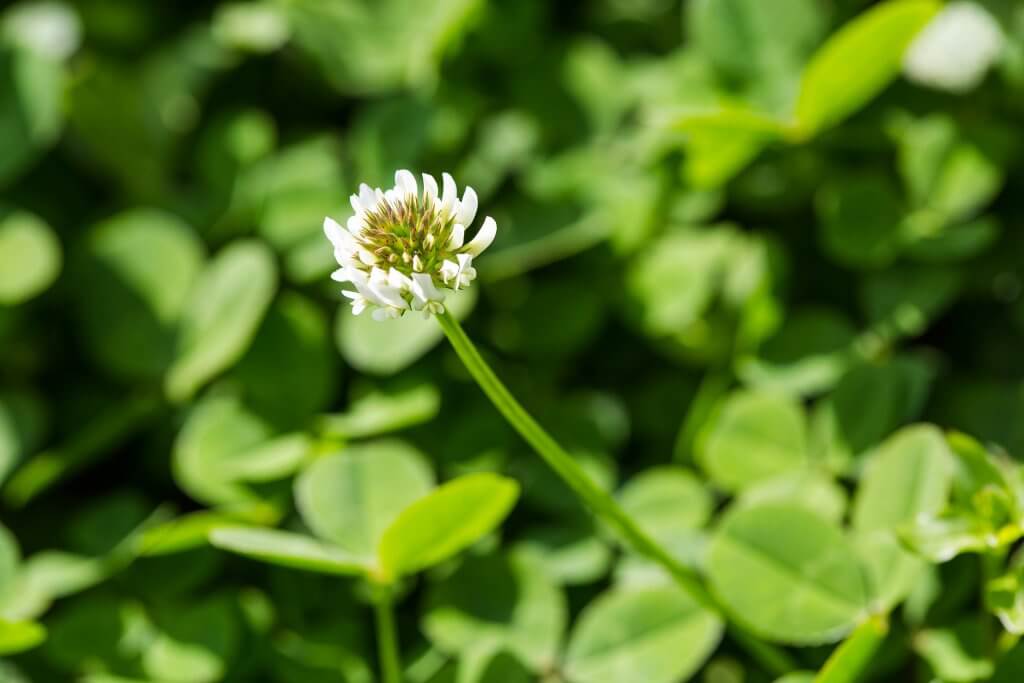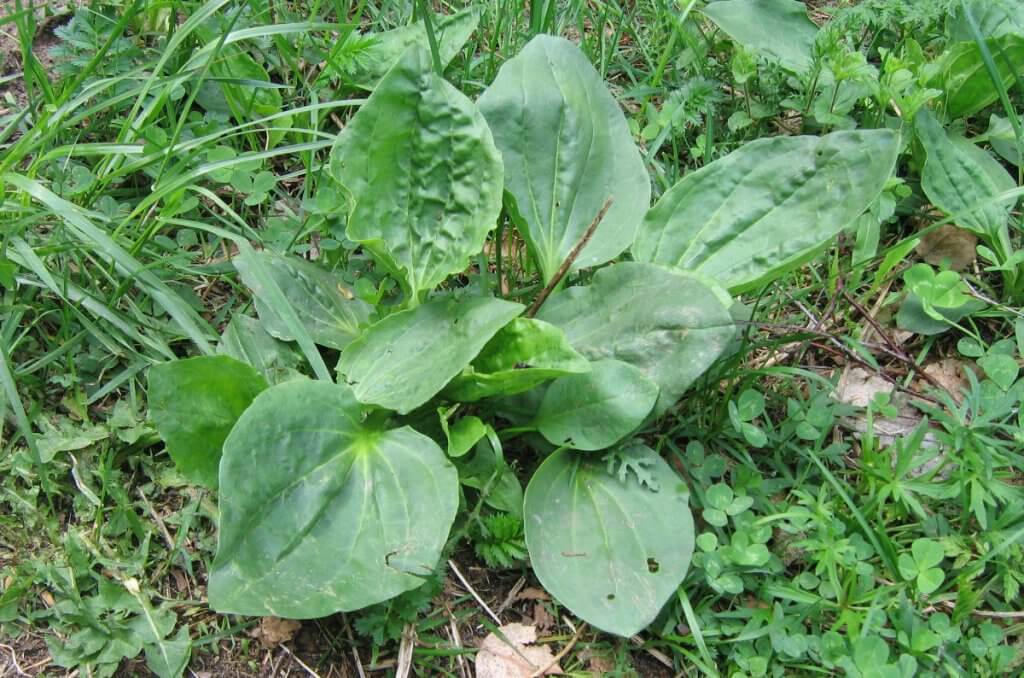Foraging for wild and edible plants does not have to take you far from home. Whilst some plants will be found on rocky mountainous outcrops, riverbanks or forest lowlands. You may be surprised to know that a number of edible plants and weeds can be foraged and collected from your own back yard.
Once you begin searching for these plants you’ll notice how often they ‘crop’ up. Below we have explored 5 of the most common, edible yard weeds you can forage from your own back yard, or close to home.

1. Wild Violet
Wild violets are found throughout the Northern hemisphere, with a genus of over 500 species, a great number of them can be found in North America. From the ever popular bedding plants also known as pansies, to their wild predecessor, the wild pansy or Johnny Jump up (Viola tricolor).
The common blue violet (Viola sororia) is a delicate looking perennial plant, found throughout the eastern states of North America. It is perhaps the most commonly foraged wild violet in the United States. You may know it by a variety of other names including woolly blue violet, wood violet and common meadow violet. It is able seed and spread easily throughout a habitat once established.

Foraging and Cooking with Wild Violet
The low growing leaves and flowers are both edible and particularly nutritious, so don’t be afraid to gather the flowers too. They are commonly found within lawns, however any patches of short grasses or low shrubbery may contain them. They prefer particularly shady spots, with well drained and nutrient packed soil.
Add the leaves and flowers raw into salads, or lightly sauté them to add into a stir fry or leafy side dish. The flowers in particular make a wonderful garnish or decoration on cakes and desserts.
As with all plants, correct identification is a must before foraging or even touching. Make sure you are definitely picking the wild violet species and not for example, the African violet (Streptocarpus goetzeanus) which is not edible. The small heart shaped flowers in deep lilac to blue are usually very easy to identify.
2. Bittercress
Bittercress (Cardamine hirsuta), otherwise known as hairy bittercress, is a small, low growing annual. It is actually a member of the mustard and cabbage family known as Brassicaceae. An unassuming common garden weed, bittercress is a fantastic plant to forage close to home.
You’ll find it growing in particularly moist soils that have been recently disturbed, like garden borders or path edges. Native originally to Europe and wide areas of Asia, it has been introduced into many other countries, including North America. Here you can find it growing throughout the United States, in damp soils, pathway edges and even lawns. It forms a rosette of leaves, with each leaf stalk bearing a number of small rounded leaflets. It bears tiny white flowers in the spring that are very popular with a few butterfly species.

Foraging and Cooking with Bitter Cress
The best time to look for bittercress is early spring, in March and April, when the plant is one of the first to grow and flourish. They will also begin growing again during the fall when the heat of summer has passed. A collection of tender leaves makes a great addition to a sandwich or salad. It has a mild, peppery taste, so do not let the name put you off!
3. White Clover
White Clover (Trifolium repens) is a highly recognisable lawn weed most of us should be familiar with. Its cluster of tiny white flowers protrudes from the lawn, attracting a number of pollinators, specifically bees. It is a perennial plant that grows in most grassy areas or fields. Originally native to Europe and parts of Asia, you’ll now find it growing throughout the world within gardens, lawns and grassy fields.
The low growing leaves are also greatly recognisable. With each leaf stalk bearing three (and occasionally four) small leaflets with a subtle oval or heart shape. In Britain, clover leaves bearing 4 leaflets were considered to bring good luck and fortune to whoever carried them.

Foraging and Cooking with White Clover
The leaves, flowers and stems of the white clover are all edible. Add them straight into a salad, sandwich or use them as a garnish. They can also be baked into cakes and breads, as dried white clover can bear a sweet flavoring not unlike vanilla. When steeped in water the flowers can also make a sweet tasting tea.
White clover tends to cover a lot of ground, as it often spreads quickly and grows into wide mats. Pluck the leaves straight from the ground, or use a small pair of shears to cut away lots at one time. Be sure not to mix any lawn grass or other non-edible weeds into your yield!
4. Dandelion
The dandelion (Taraxacum officinale) is another instantly recognisable garden weed that is easy to identify. The rosette of lightly serrated leaves and bright yellow flower head attracting the attention of bees as well as our gaze. They are a common sight in gardens, along pathways and most grassy areas. Dandelions can be found throughout almost all temperate areas of the world.
Another species named the red-seeded dandelion (Taraxacum erythrospermum) is native to north America, however this is less prolific and is found growing only within the far northern states.

Foraging and Cooking with Dandelion
As spring begins to arrive, dandelion flower heads protruding from the lawn are likely the first thing that will catch your eye. Salads and sandwiches are the perfect destination for dandelion leaves. They also cook well, so you could also use them to create a leafy side dish, or add them into soups or a stir fry.
As dandelions are such a recognisable weed, they are often targeted with herbicides. Foraging on your own land, or in a wild area is the best way to ensure the plant has not been chemically tampered with.
5. Yard Plantain
Yard plantain (Plantago major), has very distinctive leaves although it is not always noticed within a garden or lawn. It was once native to only Eurasia, however it has been introduced to many other countries, and is now completely naturalised within the US. A native US species of plantain (Plantago rugelii) can also be commonly found throughout the Midwest and Eastern states. Both varieties are very similar, however the native plantain has a red tinge to the base of the leaf where it attaches to the stem. They are also believed to hybridize.
Plantain has a lengthy history of being used as a poultice that could heal and soothe wounds within many cultures. Modern science has been able to back this up, as plantain leaves do contain anti-microbial and anti-inflammatory compounds.

Foraging and Cooking with Yard Plantain
The wide leaves of plantain also have a great history of being used as a leafy vegetable. Add plantain into a mixed leaf salad, for a tender green with a nutritional boost. Generally, it is best to pick and harvest younger leaves, as older and larger leaves can become a bit too tough and unpalatable. Although these leaves could still be utilised in a stew or recipe involving a slow cooker. Have a wander across your garden and look carefully, you will likely spot a number of these!
Conclusion
Opinions on weeds vary greatly between the perspective you have, and also perhaps your livelihood. Many farmers for example, find weeds an irritating nuisance that are hard to control. This is of course understandable, as so many weeds earn their namesake in their ability to spread quickly and prolifically. Competing with or even dominating a crop field. However, the innocent weeds intertwined amongst your garden, existing in a balanced ecosystem, can be favorable and actually rather tasty. From small inconspicuous wild violets, to bright dandelions.
—————Written by Hannah Sweet
Hannah is a freelance writer and graphic designer from the UK. With a penchant for travelling, photography and all things botanical, she enjoys writing about a wealth of topics and issues, from conservation and slow living, to design and travel. Learn more about her writing and design services at www.sweetmeanders.co
Many of our readers find that subscribing to Eat The Planet is the best way to make sure they don't miss any of our valuable information about wild edibles.
See our privacy policy for more information about ads on this site







One Response
Thanks for all the great info. In addition, hairy bittercress comes up again in late fall, and can persist through mild winters.
Also, you can coat large common plantain leaves with a purée of cooked chickpeas, white miso, olive oil, pine nuts, and spices, and roast them into chips that taste way better than kale chips.
Happy Foraging!
“Wildman” Steve Brill
America’s Go-to Guy for Foraging
101 Cooper Dr., Apt. 1A
New Rochelle, NY, 10801
(914) 835-2153
http://www.wildmanstevebrill.com
wildman@wildmanstevebrill.com